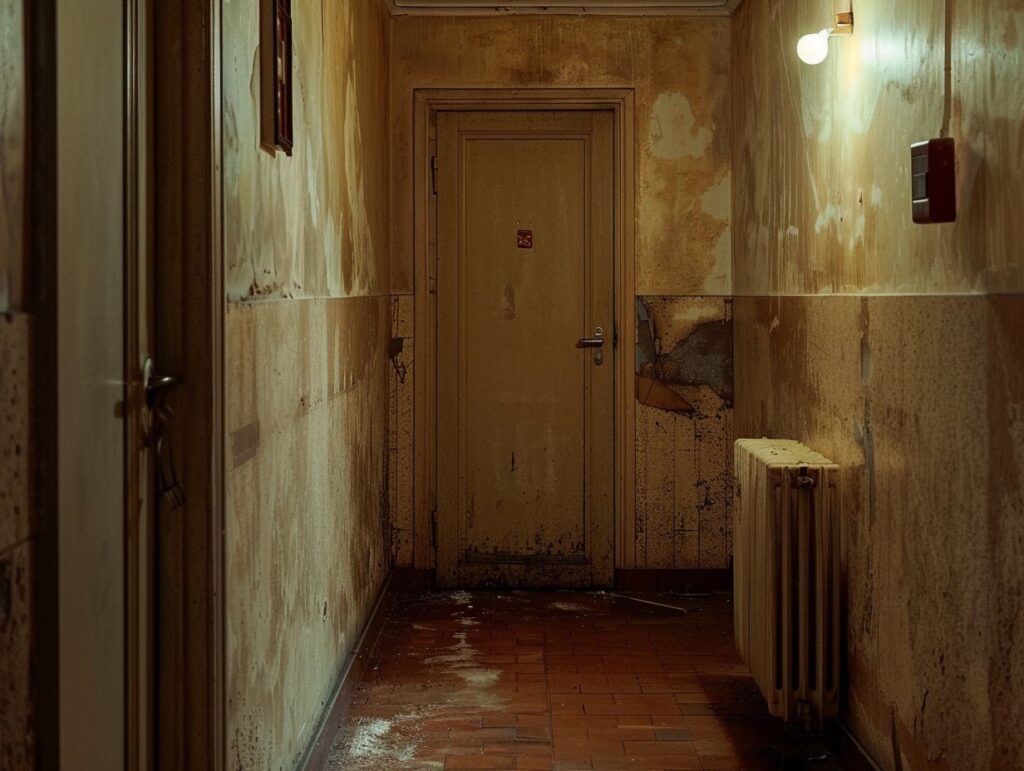If you are puzzled by a cold radiator in your hallway, it is important to understand how radiators work and the potential causes behind the lack of heat. Issues such as trapped air in the system, pipe blockages, or a faulty thermostat could be the reasons why your radiator is not warming up.
This article will delve into troubleshooting steps that you can take to address a cold radiator before reaching out to a professional. Additionally, maintenance tips will be provided to help prevent future problems with your radiator.
Continue reading to discover when it may be necessary to seek professional assistance for a more severe radiator issue.
Key Takeaways:
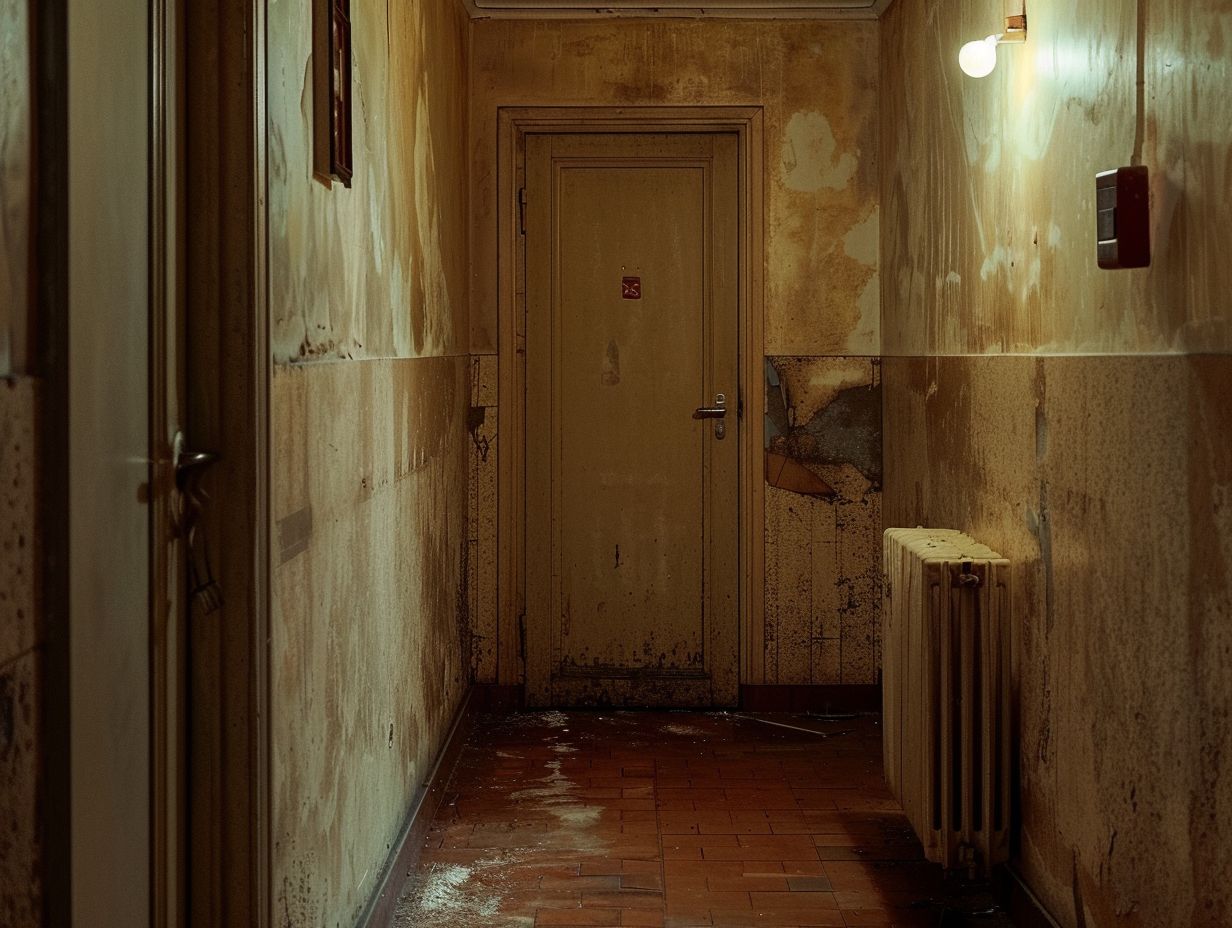
- Regular maintenance and care can prevent cold radiators. Ensure proper air ventilation, check for blockages, and maintain the thermostat.
- A cold hallway radiator may be caused by air trapped in the system, a blockage in the pipes, or a malfunctioning thermostat. Troubleshoot these issues before calling a professional.
- Signs of a more serious issue, such as leaks or strange noises, may require professional help. Don’t hesitate to seek assistance if needed.
Possible Causes of a Cold Hallway Radiator
Various factors can contribute to a cold hallway radiator, impacting its efficiency and causing discomfort in your property. It is crucial to identify the root cause to restore the radiator’s optimal performance and maintain a warm environment.
One common reason for a cold radiator in your hallway is trapped air within the system. This trapped air can disrupt the flow of hot water, reducing the radiator’s ability to provide heat effectively. Additionally, system issues like pipe blockages or a malfunctioning pump can lead to inadequate heat distribution.
A faulty thermostat may also misread the temperature, resulting in improper heating of the radiator. Promptly addressing these issues is essential to ensure that your hallway remains comfortably warm.
Air Trapped in the System
Air trapped in your heating system can cause uneven heat distribution, resulting in cold radiators. To address this issue, bleeding the radiators is a common and effective solution for removing trapped air pockets and restoring efficient heating throughout your property.
When air becomes trapped in your radiators, it creates a barrier that hinders the proper flow of hot water, decreasing the overall heat output. This can lead to certain areas of your property feeling colder than others, causing discomfort and inefficiencies in your heating system.
Bleeding the radiators involves opening a valve to release the trapped air, allowing the hot water to circulate freely and evenly. Proper air circulation is essential for maintaining optimal heating performance and ensuring consistent warmth throughout your entire property.
Blockage in the Pipes
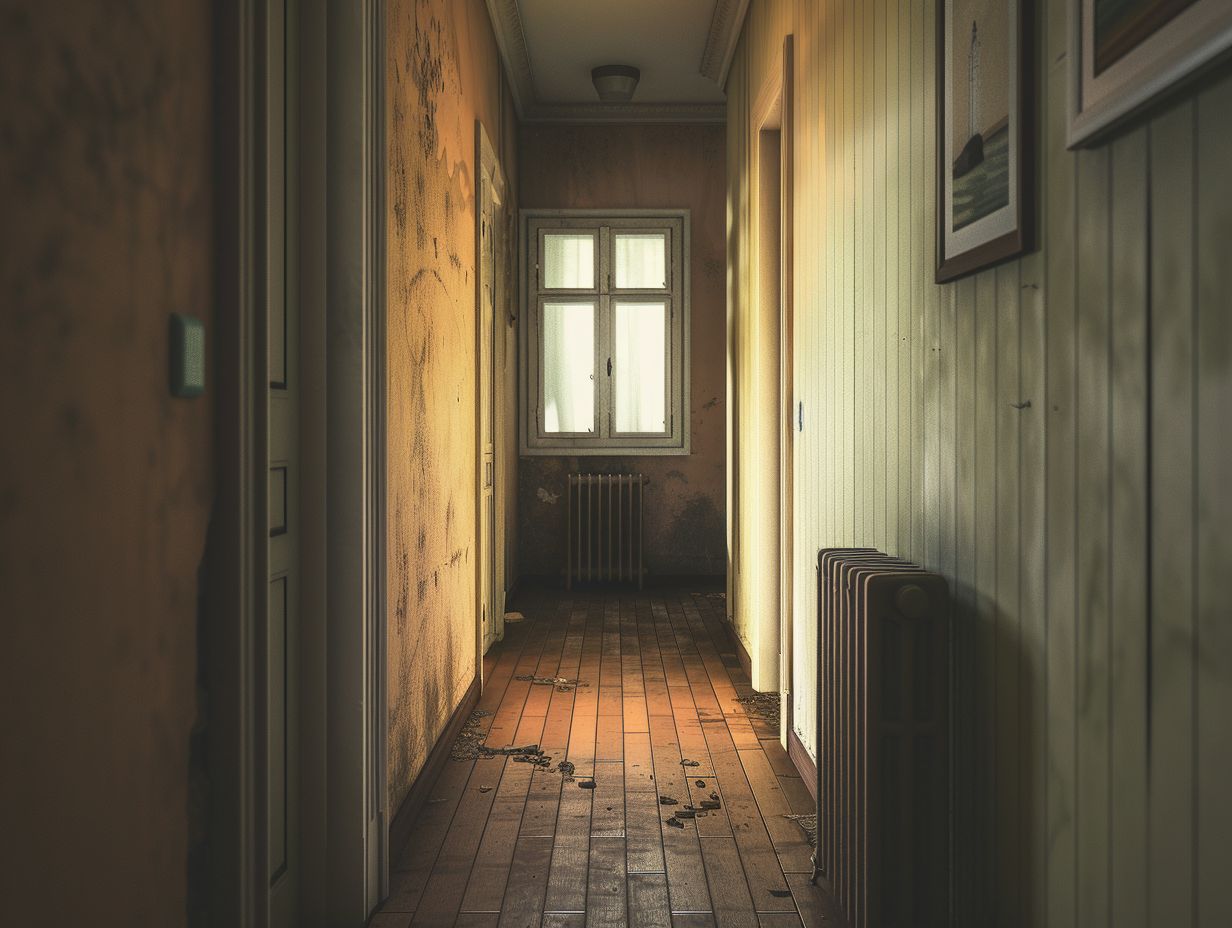
Blockages in your heating system pipes can impede the flow of hot water to your radiators, causing cold spots and inefficiencies. Common issues like radiator sludge or debris build-up can exacerbate circulation problems, ultimately impacting the overall heating performance.
These blockages can result in decreased heat output from your radiators and uneven heating distribution in your space.
The accumulation of sludge or debris in your radiator system can disrupt the proper circulation of hot water, making it challenging for your radiators to efficiently generate heat. It is imperative to conduct regular maintenance, such as flushing the system and eliminating any build-up, to prevent these issues and ensure optimal functioning of your heating system.
Malfunctioning Thermostat
When a malfunctioning thermostat occurs, it can disrupt the balance of your heating system, resulting in inaccurate temperature control and potential issues with individual radiators. Components such as Thermostatic Radiator Valves (TRVs) and maintaining proper system pressure are essential for ensuring optimal heating levels.
TRVs are crucial as they allow for precise temperature adjustments in each room, promoting energy efficiency by preventing overheating.
If the system pressure is not balanced correctly, certain areas may not receive enough warmth while others become excessively hot, leading to discomfort and inefficiency. A well-coordinated heating setup is vital in enhancing comfort, reducing energy wastage, and contributing to both cost savings and environmental sustainability.
Troubleshooting a Cold Hallway Radiator
When troubleshooting a cold hallway radiator, you should adopt a systematic approach to identify and address the underlying issues impacting its performance.
Begin by bleeding the radiator to release any trapped air that may be causing the cold spot. This process entails using a radiator key to open the valve and allowing the air to escape until water flows smoothly.
Another essential step is to check for sludge accumulation within the radiator. Should significant sludge be present, employing a sludge remover product can help eliminate blockages and enhance heat distribution.
Additionally, inspect the radiator for any debris or obstructions that might be impeding proper heat circulation. By taking these proactive measures, you can effectively restore the radiator’s warmth and functionality.
Steps to Take Before Calling a Professional
Before seeking professional assistance for a cold radiator, you can perform initial checks to assess the heating system’s condition. This may involve bleeding radiators, checking pressure gauges, inspecting pipework for leaks, and ensuring the overall functionality of the heating setup.
- Start with bleeding radiators to remove trapped air that can hinder proper heating circulation. Use a radiator key to open the valve slightly until you hear a hissing sound, indicating the air is being released.
- Next, monitoring pressure levels on the pressure gauge is crucial. Ideally, the pressure should be within the recommended range, as low pressure can lead to heating inefficiencies.
- Inspecting pipework for any visible leaks or signs of corrosion is also important to prevent potential water damage.
By following these pre-professional visit steps and troubleshooting radiator issues early, you can potentially save on repair costs.
Preventing Cold Radiators
Preventing cold radiators involves regular maintenance and adopting care practices to ensure optimal heating performance throughout your property. Utilising flow diverters, balancing radiators, and maintaining radiator valves are proactive measures that can help mitigate potential issues.
Flow diverters are beneficial tools that can enhance the efficiency of your heating system by directing hot water flow evenly across all radiators. Balancing techniques ensure that each radiator receives the right amount of heat, preventing some from overheating while others remain cold.
Regularly checking and cleaning radiator valves can prevent blockages and ensure proper heat distribution. By incorporating these preventive measures into your maintenance routine, you can prolong the lifespan of your radiators and maintain a cosy and comfortable living environment.
Maintenance and Care Tips
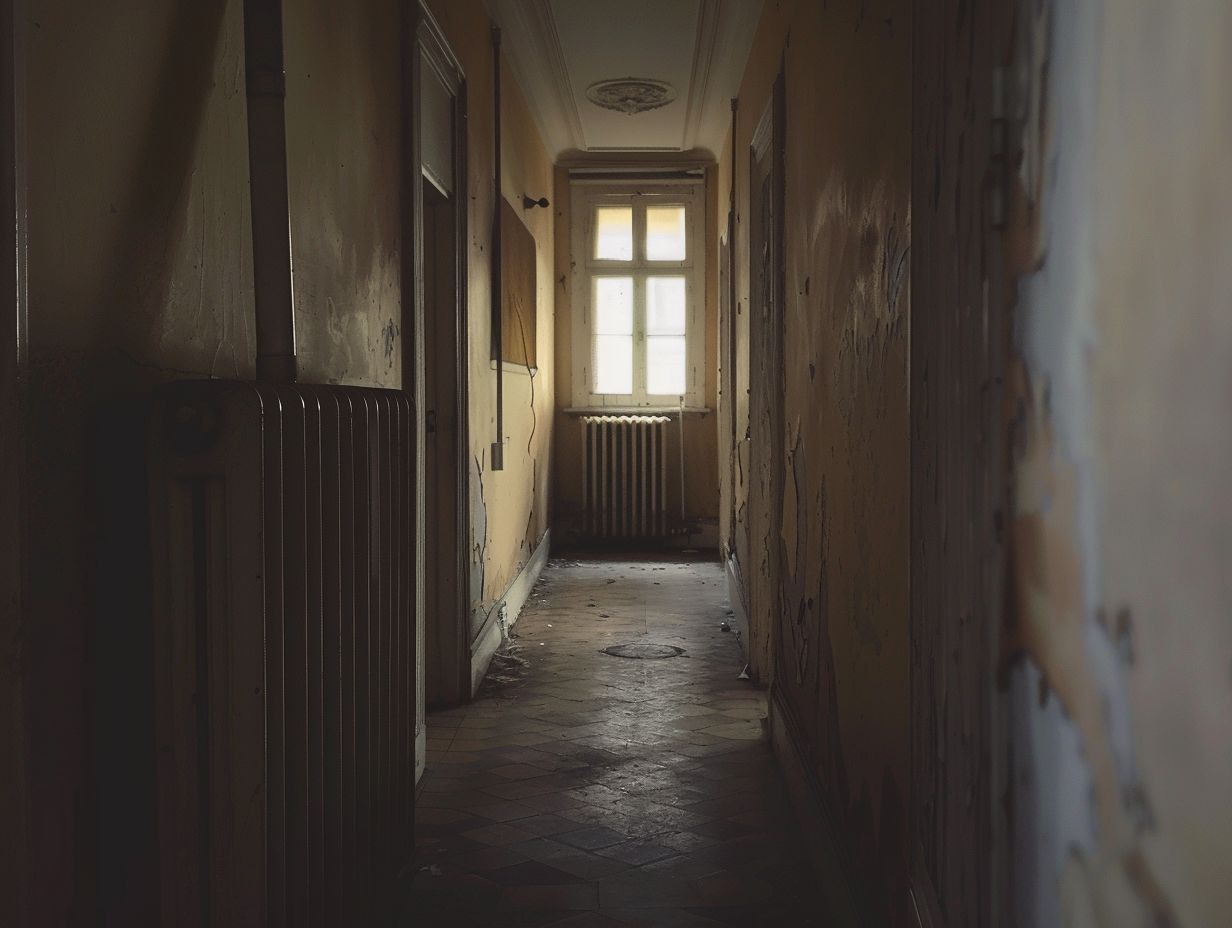
Regular maintenance and care tips are essential for keeping your radiators in optimal condition and preventing common issues like sludge build-up or debris accumulation. Make sure to use the appropriate bleed key, check for sludge, and seek the expertise of a heating professional when necessary to contribute to efficient heating system operation.
It is crucial for you to ensure proper water balance within the system to prevent corrosion and maintain efficiency. Regularly bleeding your radiators helps release trapped air, improving heat distribution. Consider managing sludge and debris by using a power flushing method or adding inhibitors to the system.
Additionally, monitor your radiator valves for leaks and ensure they are fully open to enhance performance. Engage heating professionals for annual servicing and inspections to ensure that any potential issues are identified and addressed promptly, prolonging the lifespan of your radiator system.
When to Seek Professional Help?
Knowing when to seek professional help for heating system issues is crucial in maintaining a comfortable indoor environment. Common signs like fluctuating system pressure, persistent circulation problems, or severe blockages in the pipes indicate the need for expert intervention.
For instance, if you notice that your system’s pressure keeps dropping or rising unexpectedly, it could signal a more significant underlying issue that requires immediate attention from a qualified technician.
Similarly, if you encounter challenges with consistent heating throughout your home or detect certain areas being colder than others, it may indicate circulation problems that necessitate professional diagnosis and repair.
Blockages in the pipes have the potential to disrupt the efficiency of your heating system and pose safety risks, underscoring the importance of having them cleared by a trained professional.
Signs of a More Serious Issue
Recognising signs of a more serious heating system issue is crucial for ensuring timely intervention and preventing potential damage.
Issues such as recurrent circulation problems, persistent blockages, or irregular system pressure levels may require the expertise of a heating engineer to address effectively.
In a heating system, circulation issues can manifest through uneven heating in different rooms or cold spots despite the thermostat settings. Blockages, whether due to debris or mineral build-up in the pipes, can lead to reduced heat output or strange gurgling noises. Irregular system pressure levels may indicate a potential leak or a malfunctioning component.
Heating engineers play a vital role in diagnosing and resolving these complex issues, utilising their specialised knowledge and tools to ensure the system functions optimally.
Frequently Asked Questions
Why is my hallway radiator cold?
There could be a few reasons why your hallway radiator is cold. It could be due to air trapped in the system, a malfunctioning thermostat, or a problem with the heating system itself.
How can I tell if there is air trapped in my radiator?
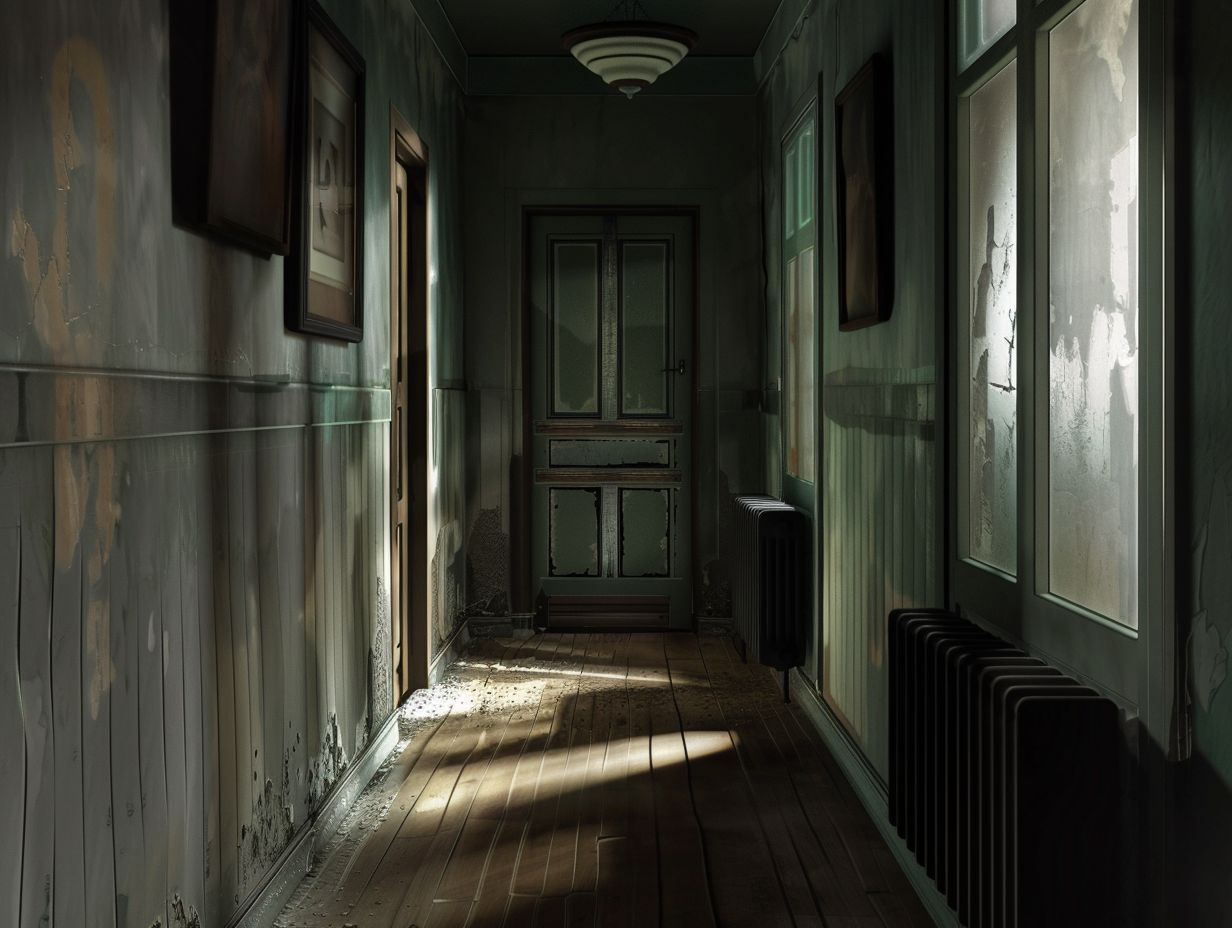
If your radiator feels cold at the top but warm at the bottom, there may be air trapped inside. You can also hear gurgling or bubbling noises coming from the radiator.
What should I do if there is air trapped in my radiator?
You can try bleeding the radiator to release the trapped air. This can be done by using a radiator key to open the valve at the top of the radiator and letting the air escape until water starts to come out.
Why is my radiator warm at the bottom but cold at the top?
This could be a sign of sludge buildup in the radiator, which can block the flow of hot water. It’s important to have the radiator flushed and cleaned to improve its efficiency.
Do I need to call a professional to fix my cold hallway radiator?
If you have tried bleeding the radiator and it’s still cold, it may be best to call a professional heating technician. They can diagnose and fix any underlying issues with your heating system.
What can I do to prevent my hallway radiator from getting cold again?
To prevent your hallway radiator from getting cold, it’s important to regularly maintain your heating system. This includes bleeding your radiators, flushing them, and checking the thermostat to ensure it’s working properly.

